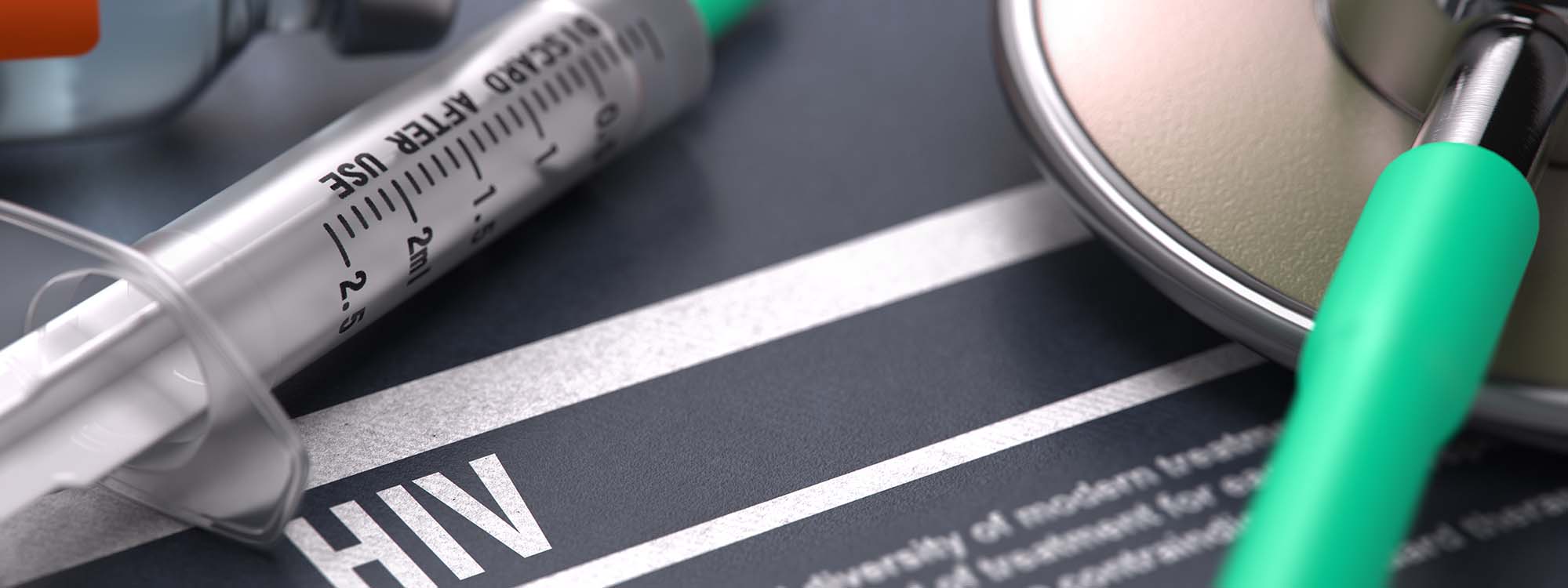
Diagnosis and Treatment of Immunodeficiency
The system consists of tissues and organs that defend the body against microbes. “Immunity” is the task of cells called leukocytes, which are the building blocks of this technique. These cells fight both by attacking microbes and by producing some toxic substances against them. For this reason, a deficiency within the number or function of leukocytes ends up in the emergence of diseases called "immune deficiencies". Most of the immune deficiencies diagnosed in childhood occur because of hereditary reasons. In adults, the effect of environmental factors (exposure to chemicals or radiation, air or environment pollution, etc.) is more pronounced. Recurrent infections are the foremost characteristic feature of those diseases. It can develop resistance against drug treatments against drug treatments and frequently requires long-term use of antibiotics.
Especially in adults, the signs and symptoms of the disease could also be different. Organ enlargement of unknown causes (liver, spleen, lymph node), decrease within the number of blood cells and emergence of rheumatic or allergic complaints are some of them. Therefore, patients often go to different branch physicians rather than "immunologists". On the opposite hand, the amount of social awareness about these diseases is low. It's noteworthy that these diseases aren't well-known among healthcare professionals. For this reason, the diagnosis of the diseases is confirmed late and their treatment is started late. The foremost negative aspect of this can be the permanent dysfunctions within the organs because of recurrent infections. Therefore, early diagnosis and proper treatment are important for the patient's quality of life.
Symptoms and Diagnosis in Primary Immunodeficiencies
In severe immunodeficiency states, symptoms may begin very early. Especially in patients with Primary Immunodeficiency because of T lymphocytes, they present with severe infections within the first months of life. Symptoms associated with B lymphocytes may occur after the protective effects of the antibodies passed from the mother wear off, that is, after the 6th month.
Symptoms connotative primary immunodeficiencies
- Recurrent, difficult to treat, life-threatening infections with unusual microbes
- Growth retardation
- Recurrent pneumonia, sinusitis and ear infections
- Treatment-resistant conditions
- Abscess formation on the skin or internal organs
- Family history of primary immunodeficiency disease
- Autoimmune diseases
- Enlargement of lymph nodes and spleen
Some immunodeficiencies may develop because of the acquired reasons. Immunodeficiency also can be seen in patients with AIDS caused by HIV virus or in patients receiving long and high-dose corticosteroid treatment systemically, in cancer patients undergoing chemotherapy, and in severe burns.
Treatment in Primary Immunodeficiencies
As we better understand the mechanisms that cause the disease in Primary Immunodeficiencies, treatment methods are being developed. First of all, preventive measures should be taken in cases with hereditary transmission. It's important for the success of the treatment to acknowledge the patients before their symptoms appear by developing screening tests.
In recent years, significant progress has been made with the belief of transplantation processes (bone marrow, stem cell, thymus). On the other hand, a big success has been achieved against infections by giving protective antibodies with immunoglobulin replacement therapy.
In recent years, specific gene therapy has given successful ends up in some sorts of primary immunodeficiency.
